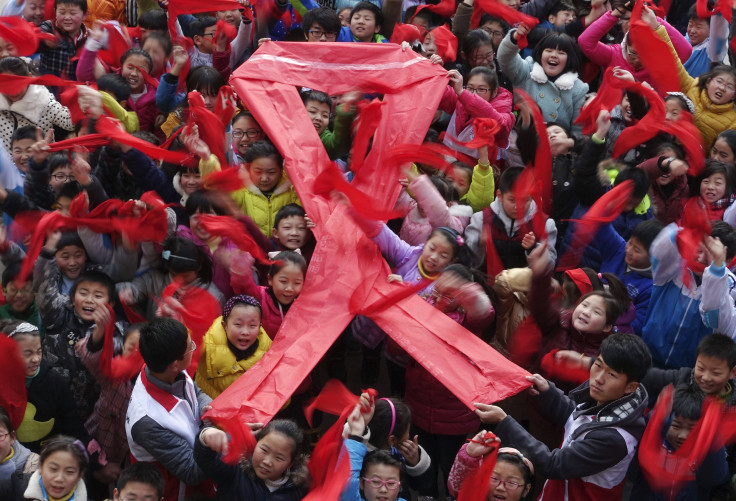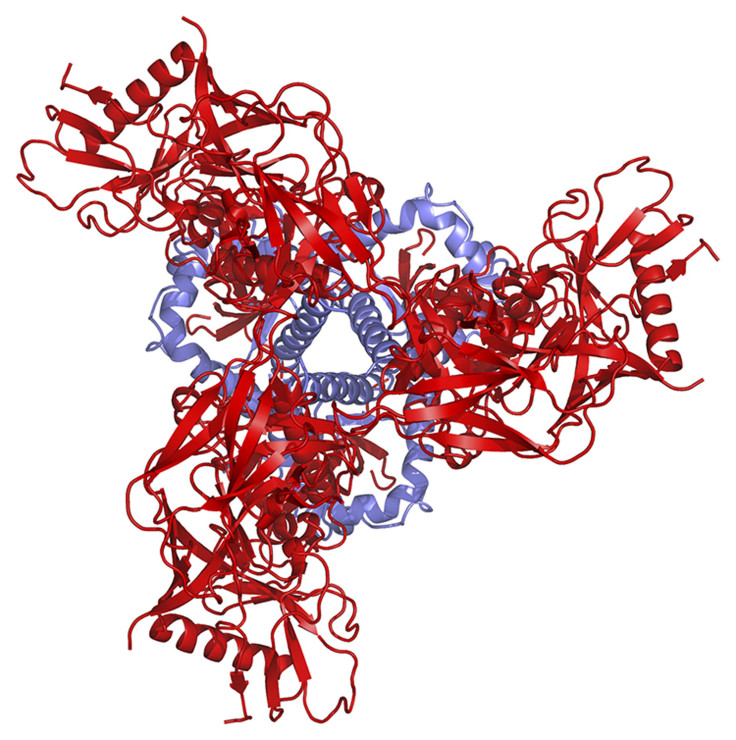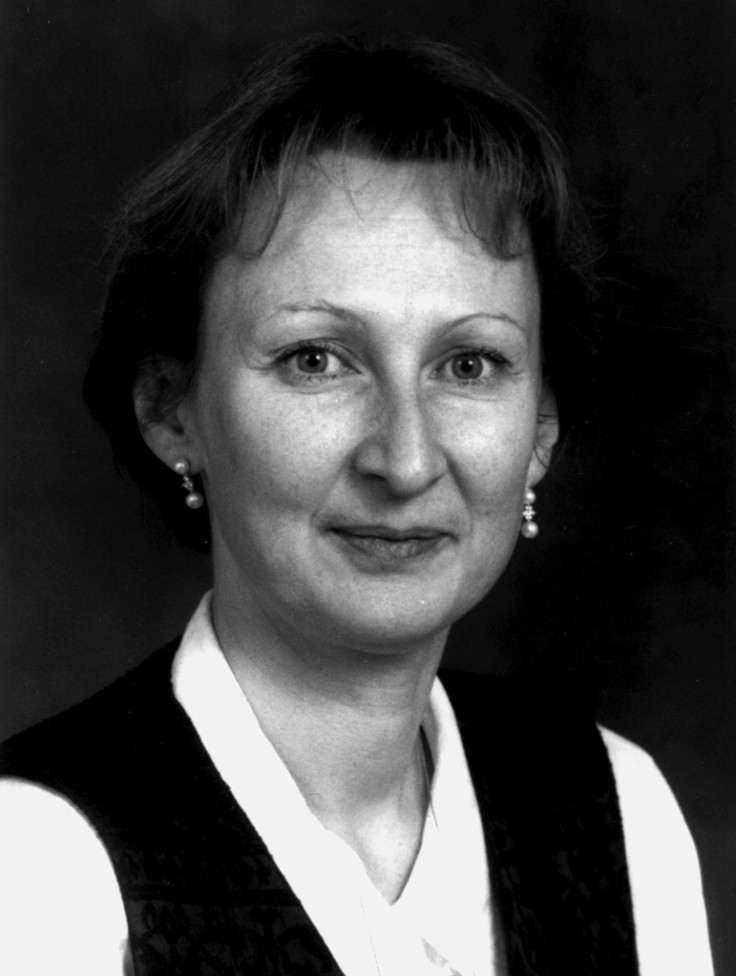
To celebrate Women's History Month, the Latin Times sat down with Bette Korber, a research scientist who’s on the front lines of HIV AIDS research. She also supports an AIDS orphanage that you can learn about here. She spoke about three important women in her field, how far gender equality has come in science, and final steps that might stamp out sexism in the lab.
Bette Korber is a Laboratory Fellow in the Theoretical Biology and Biophysics Group at the Los Alamos National Laboratory in New Mexico. She also oversees the HIV sequence and immunology database, a significant pool of data used by researchers around the world. An experimental HIV vaccine that she designed is about to be tested in human trials at Duke University.
LT: Woman’s History Month is in many ways a celebration of accomplishment. We’re interested in hearing about great women in your field.
BK: I’m an HIV theorist. I’ve studied the evolution of HIV. There are women of my generation -- I’m approaching 60 -- that really shaped my field in an important ways. Take Beatrice Hahn; she’s a National Academy member, and she was dedicated to trying to understand how HIV came into the human population. One of the things Beatrice has done, collaborating with Jim Gundal, is that she discovered that the virus that was in chimpanzees, and that it was actually very close to the virus that’s in humans. It’s not really quite HIV, it’s called SIV (Simian Immunodeficiency Virus
She discovered SIV and how to get samples out of the chimps, which was really tricky -- to get the genetic material out to prove that the virus was in them. She learned how to get it from excrement and urine and she would collect it, well she would have her colleagues --
LT: The interns.
BK: Yeah, that’s right – “the interns” -- they would put umbrellas under the branches. Chimps would sleep in a nice cozy nest overnight and they they’d roll over to pee in the morning, right into the umbrella and they’d get their sample. They’d send it to Beatrice’s lab at University of Alabama, where the virus would be extracted and sequenced. They performed evolutionary studies to really figure out which chimps were infected and how much it looked like the virus that we’ve got.
The scientific community knew that we had to have something closely related to what primates had, but another woman, fascinating woman named Martine Peeters, who was a French [woman who worked all over Africa, had already determined that most primate species in Africa lived with and carried an SIV, one of that Simian immunodeficiency viruses, and that they’ve been with primates for a thousands of years. So, these viruses have been carried in primates for long, long times and they’ve just moved into humans in the last century probably because we were eating primates, what’s called “bush meat.”
Martine went into bush markets in Africa, and sample what was for sale, what was for dinner. She could find SIVs in the meat, and that helped us understand that the chimp virus was able to infect us, and was able to be transmitted in us and so that’s when the virus really exploded in a World.
These two women together really led to understanding on how this virus made the leap from monkey to man and how it got to the human population and -- which I think it’s an interesting lesson they are the ones who really traced HIV’s history. So, those were 2 of my women heroes, in my field and should I tell you then another one?

LT: Yeah, can we go a little further back in time? Would that be possible?
BK: Well, HIV only has been known about since 1983, so not really. So, my history lessons are only going to be, as old as my career, because my career really started when HIV was detected in human population, which was 1983. Also, while there were women scientists before my time, it was really difficult. So, there not so many in my specific field.
LT: Ah, darn.
BK: Another woman who I really admire in my field is Francine McCutchen, who ran a US Military unit. She’s the one who got a handle on how incredibly diverse this virus is. The HIV virus evolves just at warp speed so every person has it rapidly evolving once they’re infected in their own body and then when they transmit, they transmit a new form to their partner.
Francine did global sampling and really got a portrait on how incredibly diverse an HIV was and no one had ever seen anything like that before. And the Military is interested in that because they send young people all over the World and sometimes they come home with HIV. Francine characterized what our armed forces are facing, and really told that story in the early 1990s.

LT: It seems like women like Francine have been able to make a huge impact, despite what I imagine was rampant sexism. What was your experience like?
BK: When I started at Cal Tech and I started graduate school there were 60 people in my class, I was in a chemistry class and 5 of us were women and the other 4 dropped out first year, because it was not a very pleasant environment to be women. At the time there were around 3 women professors at Cal Tech. I’m old enough to remember such times, and some people like Beatrice and Francine and Martine were really pioneers, they were working in an not-so-easy environment, and yet doing really remarkable things.
LT: And yet when I visited you at a Los Alamos National Labs conference last month, we were in a big room, with scientists presenting research findings, and the gender ration of presenters was about 60/40. It felt like…
BK: ... like things have changed. Things have changed wonderfully, if you go to a graduate program now in biology it’s 50/50 or even a higher fraction of women, but that wasn’t the case 20, 30 years ago and this has really been an extremely short time for a dramatic shift.
LT: But what about the highest levels, like directors and senior researchs?
BK: They’re still under-populated with women. When I go to a meeting like that I’m often one of two women in a room of 10 or 12 men, but that’s changing for the better.
LT: What is the next push and what can the Lab community do and the University community do, to get out of women’s way to kind of push up to the next level?
BK: I think that there are maybe two problems that still exist for women n science. We’ve really come a long way in a last 20, 30 years, but the two main problems I see are
1) Not having really good resources for child care, so people when they hit 30, 35 decide they want a kid and it’s really difficult if you don’t have good child care or no way to take time off if they decide to do that. We need to figure out as a nation ways for women to choose to do that.
2) The other thing is to respect women equally, which I don’t think has happened yet. I’ve noticed with some of the younger women that work for me don’t get credit – if they have an idea or they’ve done some work, they tend to not be cited for that idea or work, so another person will just describe the work and forget to mention that contributed. And that kind of mistake happens a lot less when mentioning male researcher. Both men and women make this mistake, and we need to be very conscious of that.
So my personal mission is, when I hear something like that happening I try really hard to be sure to point out that you know: “My woman student did that part and she made that contribution!”, or if I see an e-mail go by, where a woman isn’t mentioned, who had a substantial part of that work, I’ll be sure to write a little note afterwards and say: “She was also involved in what you are seeing now”, because I think it’s a kind of left-over sexism that we don’t even realize we’re doing, but that’s really around.
(This interview have been condensed for length and clarity. Any factual errors are the responsibility of the interviewer, not the scientist. Corrections or comments can be sent to c.attanasio at latin times dot com.)
© 2025 Latin Times. All rights reserved. Do not reproduce without permission.



